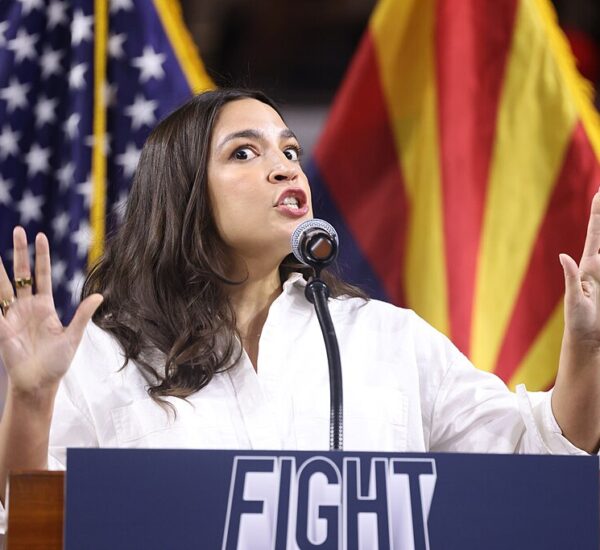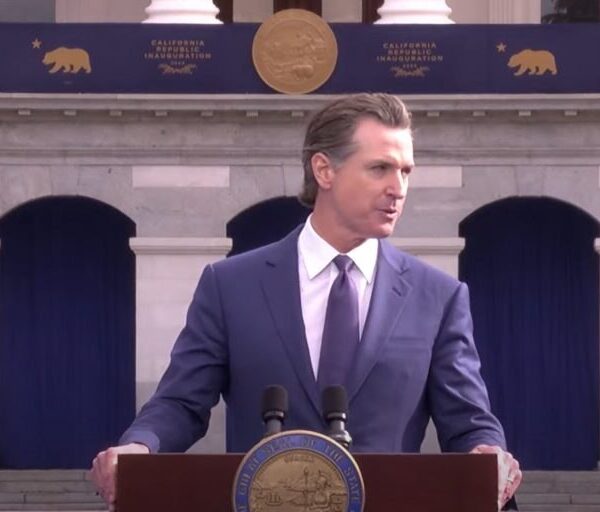Trump Team Calls Out FEMA Again
Homeland Security Secretary Kristi Noem is drawing attention—and applause from many conservatives—after signaling her intent to eliminate or dramatically reform FEMA, the Federal Emergency Management Agency.
Her bold stance comes as part of a broader effort to cut bureaucratic waste, restore state-level control, and ensure real accountability when disaster strikes.
Noem and Trump Eye a Leaner, Smarter Emergency Response
While details remain limited, Secretary Noem’s remarks align with President Trump’s recent executive order that calls for streamlining FEMA and clarifying the federal role in disaster preparedness.
President Trump has said he’s open to “getting rid of FEMA” altogether if needed, pointing to inefficiencies and delays that have plagued the agency for years.
This renewed focus on disaster response reform has sparked fresh debate across the country—especially among those who remember how poorly FEMA has performed in past crises.
Critics Warn of Risks—But Is It Just Fearmongering?
Some career bureaucrats and left-wing policy voices are sounding the alarm.
Carrie Speranza of the International Association of Emergency Managers warned of slower response times and the possibility of more lives lost during hurricane season.
But conservative leaders argue it’s time to cut the red tape and put more power back in the hands of the states—where emergency decisions can be made faster and more effectively.
FEMA Under Fire: Can It Be Fixed?
Even Pete Gaynor, who served as FEMA Administrator during Trump’s first term, says the agency needs major reform.
“We can always do a better job in how we deliver services,” Gaynor said. He recommended simplifying the recovery process and incentivizing states to manage their own disaster relief efforts, rather than depending on federal bailouts.
This approach could save taxpayers billions, reduce waste, and lead to faster recovery after hurricanes, floods, wildfires, and more.
Big Government or Local Control? The Choice Is Clear
Liberals warn about losing federal oversight, but many Americans—especially those in rural or disaster-prone areas—know that D.C. doesn’t always show up on time.
Under current policies, federal disaster relief can be slow, inconsistent, and tied up in endless red tape.
Why not empower governors, local emergency teams, and community volunteers—the very people who know their regions best?
A Common-Sense Shift That Puts America First
Reforming or even replacing FEMA isn’t about leaving Americans vulnerable. It’s about creating a faster, more responsive, and more accountable system—one that actually helps people when it counts.
Noem’s push to rethink FEMA may not sit well with Washington insiders, but for many Americans tired of broken promises and bloated bureaucracy, it feels like a return to common sense.
And with President Trump backing similar reforms, the future of emergency preparedness may finally be moving in the right direction—back toward local leadership, lower costs, and smarter government.






